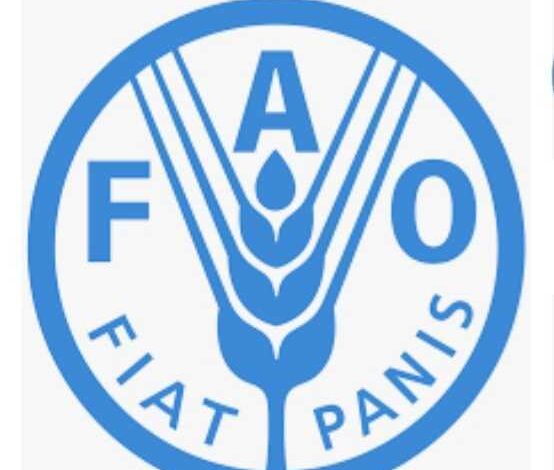
New FAO publication analyzes seven clear examples that show that sustainable agriculture in Latin America and the Caribbean is possible.
June 10, 2021, Santiago de Chile – How were farmers in Ecuador able to increase their income by 40% and reduce their greenhouse gas emissions by 20%? How was it possible for farmers in Uruguay to reduce their use of pesticides by 70%? And how could a clean energy initiative in Mexico’s agribusiness sector avoid the emission of 6 million tons of carbon, improving the working conditions of its workers and the environmental health of the surrounding communities?
A new publication from the Food and Agriculture Organization of the United Nations (FAO) answers these questions and analyzes seven transformative experiences in Brazil, Chile, Colombia, Ecuador, Guatemala, Mexico, Uruguay and the Caribbean.
Towards a sustainable and resilient agriculture in Latin America and the Caribbean shows –with concrete examples– how to go from good practices to public policies, and how to align environmental objectives with efficient and socially inclusive agricultural production.
“Now, more than ever, it is essential to take advantage of the investments that post-pandemic reconstruction will require to advance the fight against climate change and to reduce the environmental footprint of agriculture,” said FAO Regional Representative Julio Berdegué.
Seven successful cases
In Ecuador, a climate-smart livestock project implemented in more than 800 farms allowed 1,056 farmers to increase their milk production, increase their income and improve the quality of the soils on 40 thousand hectares. The project avoided the emission of 24 thousand tons of greenhouse gases, thanks to techniques such as rotary grazing and the production of compost for pastures. In addition, the farmers learned to produce their own feed, and also applied digital tools to monitor their greenhouse gas (GHG) emissions.
In Mexico, a project that promoted efficient and low-emission technologies in agriculture and agribusiness allowed 1,842 agribusinesses––mainly cattle, pig and poultry farms, meat processing centers and agro-processing industries––to reduce their net GHG emissions by 6 million tons of CO2 eq, in addition to producing energy from biomass.
In Uruguay, a project on good practices and alternatives to the use of pesticides worked with more than 2,000 technicians and producers, and demonstrated that it is possible to reduce the use of herbicides by up to 70% in a soy production cycle, without affecting yields and without increased costs: this meant –for the cases evaluated– a saving of 40 dollars per hectare, on average.
In Chile, the Clean Production Agreements allowed 340 members of family farming in the El Maule region to increase their economic benefits by 15%, reducing their energy use, their GHG emissions, their waste and the use of pesticides, in addition to improving the use of water and soil.
In Guatemala and Colombia, a community forest management project helped promote forest conservation, generated employment, and increased investment in social and productive development. In Guatemala, 1,233 families participated in 350 thousand hectares of the Maya Biosphere Reserve in Petén, while in Colombia it involced 25 communities and two logging associations.
A project for the sustainable management of trawl fisheries in Brazil, Suriname and Trinidad and Tobago, made it possible to reduce unintentional fishing by up to 36% thanks to new nets and technology, protecting threatened species such as turtles and rays, and reducing their environmental impact of these fisheries.
In Colombia, agroclimatic technical roundtables allowed a banana union in Magdalena and La Guajira to reduce its losses due to climatic effects by 15% and its use of fertilizers by 25% per hectare.
All these initiatives show that it is not necessary to choose between creating jobs and caring for the environment, or between the necessary sustainable transformation of agriculture and the post-pandemic economic reactivation, because environmental projects and policies also generate multiple economic and social benefits.








